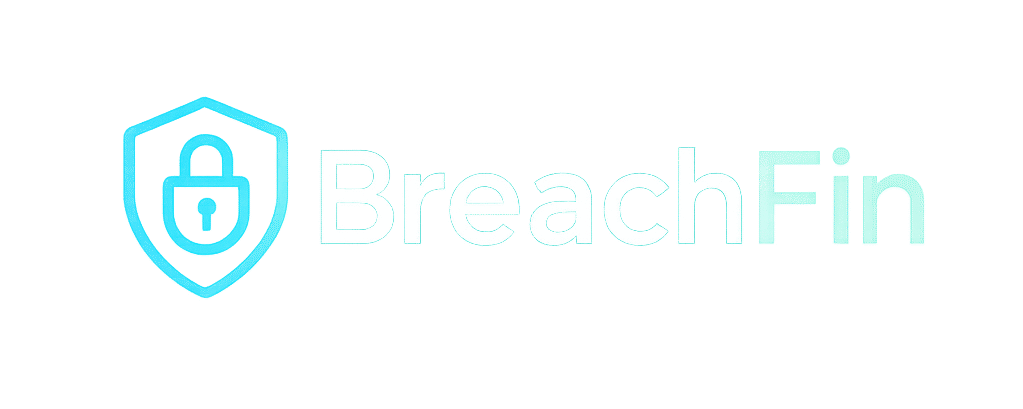In the evolving world of client-side security, Content Security Policy (CSP) has long served as a frontline defense against cross-site scripting (XSS) and malicious JavaScript injection. But while CSP is a powerful mitigation tool, it is not impenetrable. Attackers in 2025 have become increasingly skilled at circumventing these headers—often without ever triggering a policy violation.
This blog explores the modern techniques used to bypass CSP protections and why runtime visibility is now essential.
Common CSP Bypass Techniques Today
1. Misuse of unsafe-inline
While CSP discourages inline scripts, developers often enable unsafe-inline for convenience—effectively disabling CSP’s script control and opening the door to XSS payloads.
2. JSONP & Open Redirects
CSP can’t always block JSONP endpoints or open redirect abuse that allows attackers to load JavaScript from trusted domains dynamically, bypassing the intent of script-src directives.
3. Polyglot Payloads & Script Gadgets
Advanced attackers use polyglot scripts that masquerade as benign content (e.g., images or JSON) but are interpreted as JavaScript in vulnerable environments.
4. Abuse of Allowed Third-Party Sources
Even if a domain is trusted in your CSP, its subresources (ads, trackers, widgets) may be compromised. Attackers exploit this trust chain to inject code without violating the policy.
5. Dynamic Code via DOM APIs
If unsafe-eval or dynamic script generation (e.g., setTimeout("code")) is allowed, malicious payloads can be executed entirely within the constraints of an allowed policy.
Why CSP Alone Isn’t Enough
CSP is a static configuration. Once deployed, it protects only against violations of predefined rules. But attackers often work within the boundaries of those rules—or exploit what CSP cannot observe.
More importantly, CSP doesn’t give you visibility into what actually executes in the browser.
How Breachfin Closes the Visibility Gap
At Breachfin, we go beyond headers. Our scanner performs:
- Live DOM Snapshotting: See what scripts are actually injected and executed.
- Behavioral Script Analysis: Detect anomalies in script behavior, even when loaded from trusted domains.
- Checksum Verification: Identify when a script changes without CSP being violated.
- Alerting on Unauthorized Mutations: Get notified when the runtime environment deviates from expected behavior—even if CSP allows it.
This is how Breachfin meets and exceeds PCI DSS 11.6.1, which mandates detecting unauthorized script modifications in real time.
Best Practices for Developers
- Avoid
unsafe-inlineandunsafe-evalin your CSP. - Use Subresource Integrity (SRI) to bind script integrity checks to CSP.
- Monitor runtime execution with tools like Breachfin that provide actual browser-side assurance—not just header analysis.
Want to see how attackers bypass your current CSP setup?
Run a free Breachfin scan at breachfin.com and receive a detailed script integrity report in under five minutes.

